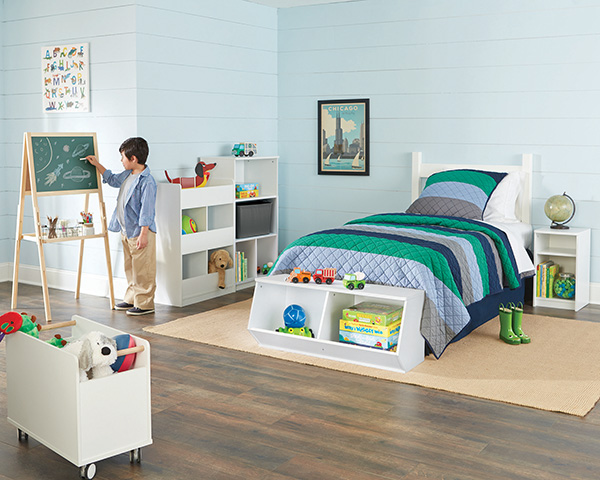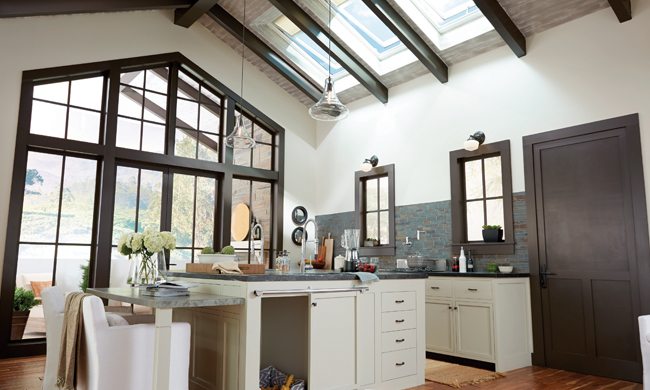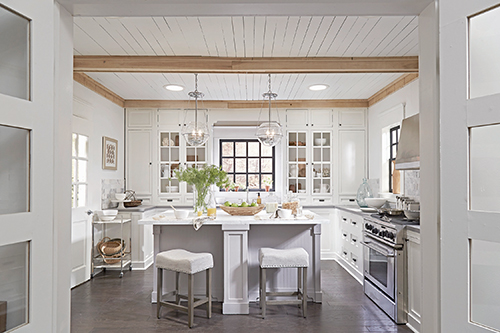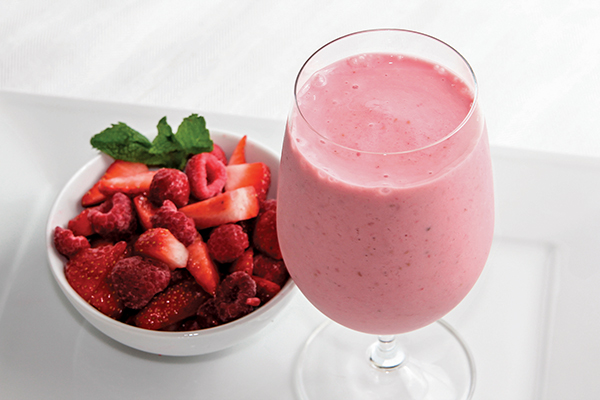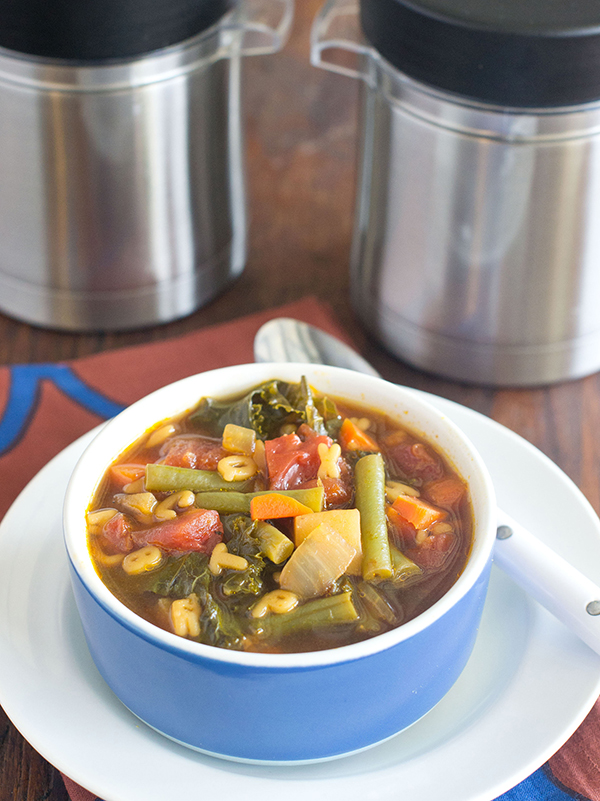The month of June means more than just dusting off the patio furniture and planning for summer activities. It is also Men’s Health Month, created to raise awareness of preventable health problems and encourage early disease detection among men and boys.
Heart disease and stroke are the nation’s leading causes of death in men. An estimated 935,000 heart attacks and 795,000 strokes occur each year, yet according to the Centers for Disease Control and Prevention, they are among the most preventable.
Experts agree diet and exercise are keys to leading a healthy lifestyle and avoiding health problems such as heart disease and prostate cancer.
Merrill Moses, a three-time United States Olympian and medal winner in water polo, is an advocate for men’s health topics. In 2016, Moses celebrated his 20th year as a member of the U.S. water polo men’s national team. Still Olympic strong in his 40s, Moses shares his diet and exercise tips for superb men’s health, particularly later in life:
- Exercise 30 minutes each day – no excuses. Don’t forget to stretch before each workout, and when you wake up every morning.
- Try new workouts that you find fun and enjoyable. Swimming is a great exercise because it’s non-weight bearing and easy on the body. Other exercises like pilates improve your core, keep you flexible and don’t put added stress on the body.
- Drink a minimum of eight glasses of water per day and stay away from soda, sports drinks and added sugar.
- Rely on healthy snacks to get you through the day. Moses snacks on pistachios to not only avoid being hungry but also because they’re a tasty way to add certain nutrients to his diet and stay energized throughout the day.

A number of nutrition experts agree with Moses’s recommendation of pistachios as a beneficial snack, including noted dietitian Becci Twombley, director of sports nutrition at the University of Southern California. Twombley, who coaches nutrition to 650 Trojan athletes and acts as sports nutrition consultant to the Los Angeles Angels of Anaheim baseball team, sees a variety of health advantages linked to pistachios.
“Pistachios have a wealth of nutrients and bioactive substances that are important for a healthy heart, including fiber, potassium, phytosterols and antioxidants,” Twombley said. “So they’re definitely a great low-calorie food for anyone looking to improve his health.”
Pistachios have also been linked to a number of additional health benefits according to clinical trials and medical journals. The phytosterols found in pistachios have been shown to lower blood cholesterol levels, improve urinary tract symptoms and contribute to a healthy prostate. In addition, research shows that potassium-rich pistachios may help lower blood pressure and preserve muscle in older adults.
For more information about Men’s Health Month, visit menshealthmonth.org. To learn more about the health benefits of pistachios, visit americanpistachios.org.
SOURCE:
American Pistachio Growers





